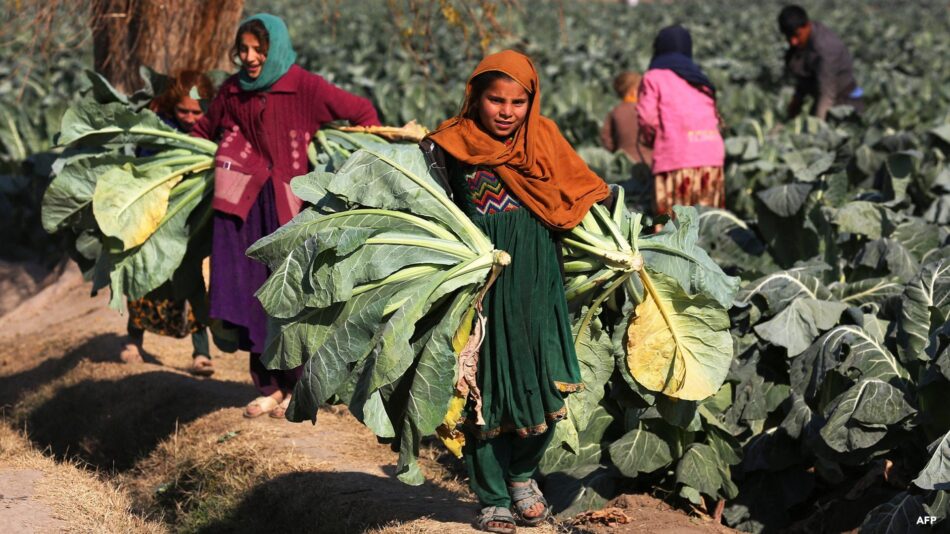In recent developments concerning the education of girls in religious madrassas in Afghanistan, various voices have weighed in on the matter, highlighting the complex challenges facing Afghan society. The issue has drawn the attention of Human Rights Watch and the United Nations.
Human Rights Watch Voices Concerns
Heather Barr, head of the women’s division at Human Rights Watch, expressed deep reservations about the use of madrassas as a substitute for schools, emphasizing that this is unacceptable for both boys and girls. She clarified her stance: “Madrassas are absolutely not an acceptable replacement for school, for girls or boys.”
Last week, Roza Otunbayeva, the United Nations Special Representative for Afghanistan, reported receiving information that the Taliban government permits girls of all ages to study in madrassas. The United Nations is currently evaluating these reports, she said.
Taliban government spokesman Zabihullah Mujahid contradicted these claims, stating that schools are not being converted into madrassas and asserting that both schools and madrassas are essential for society. He affirmed, “In our government, most expenses are still spent on schools and modern sciences.”
The Rise of “Jihadi Madrassas”
The number of madrassas in Afghanistan has surged to 20,000, marking a three-fold increase in the past two decades according to BBC. The Taliban leader has approved the recruitment of 100,000 new teachers for these madrassas.
Additionally, “jihadi seminaries” have been established in 28 provinces, with each having the capacity to accommodate up to 1,000 students. Construction is underway to create 3 to 10 primary rural seminaries in each district across all provinces.
Taliban officials suggest that the renewed focus on madrassas has brought sensitivity to the issue, leading to concerns from various parties. The quality of education in boys’ schools in Afghanistan also raised concerns in the United Nations’ quarterly report to the UN Security Council.
It has been over 800 days since the Taliban government banned girls above the 6th grade from attending school, and there is still no clear strategy for reopening girls’ education.
As a result of these restrictions, many girls are turning to madrassas due to the lack of alternative options, leading to reports of increased unregistered madrassas in rural areas.
However, the policy does not appear consistent across all provinces, as some have imposed age limits on girls attending madrassas.
Taliban’s Perspective on Madrassas
Taliban officials have voiced their commitment to developing religious madrassas. Maulvi Abdul Salam Hanafi, the administrative assistant of the Taliban government, emphasized their dedication to strengthening madrassas, enhancing Islamic sciences, and reforming society.
Mansour Ahmed, spokesman of the Taliban Ministry of Education, confirmed that there is no age limit for girls in madrassas, asserting that girls of all ages can study there. However, other Taliban officials, such as Mullah Muhammad Yaqub Mujahid and Amir Khan Muttaqi, emphasized the importance of both religious and modern education.
Girls’ Demands for Modern Education
Girls who have been denied access to traditional schools and universities argue that while religious education has its place, modern education is equally vital. They stress the importance of equipping girls with the knowledge and skills required in the present era.
Despite international organizations’ calls to lift these restrictions, the Taliban government continues to curtail girls’ education, leaving girls with limited options and contributing to the rise of madrassas as a primary source of education.
The issue of girls’ education in religious madrassas versus traditional schools in Afghanistan remains a complex and contentious one. Human Rights Watch, the United Nations, and Taliban officials all have varying perspectives, reflecting the challenges facing Afghan society. The girls themselves advocate for access to modern education alongside religious studies, highlighting the importance of equipping them with skills for the modern world. The situation continues to evolve, with the fate of girls’ education in Afghanistan hanging in the balance.





